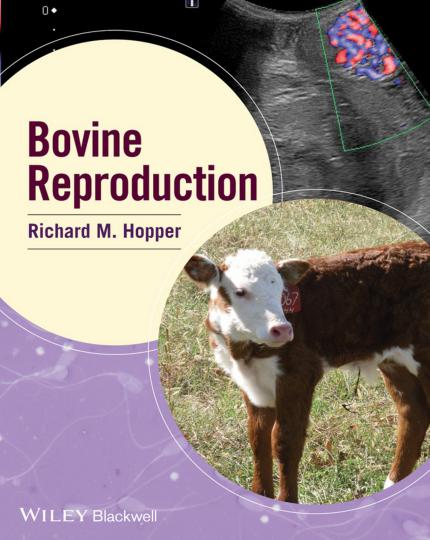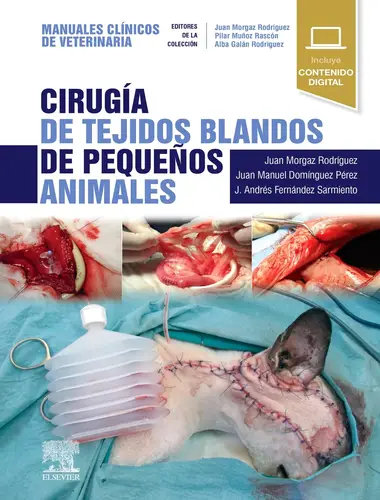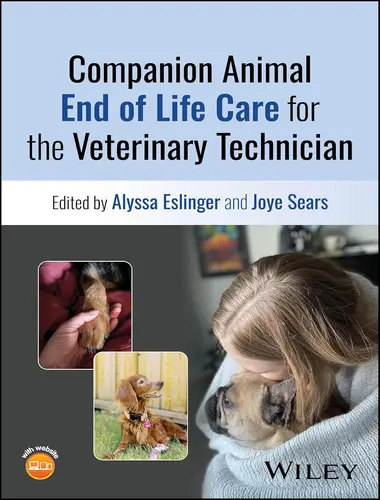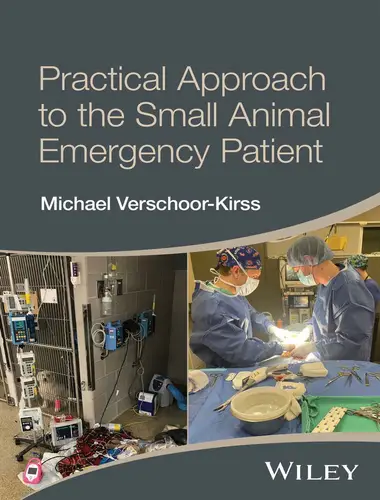Bovine Medicine 3rd Edition, Many new books on specific bovine medicine topics have been published since the last edition of this book, with the majority of them taking a traditional approach to their structure and content.
Bovine Medicine 3rd Edition
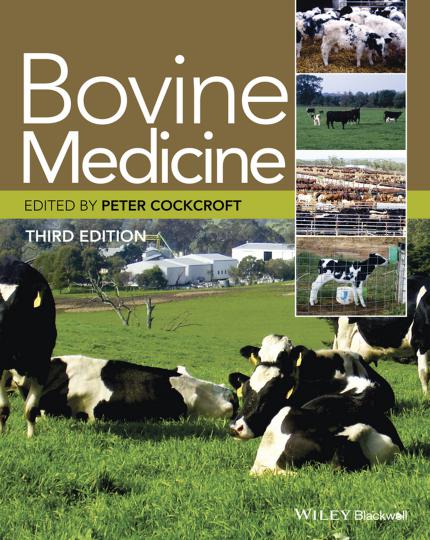
This book takes a radical departure from this format in order to provide the additional skills and insights required for modern service delivery and practice organisation. To this end, the publishers and I have decided to completely restructure and rewrite the book so that it reflects the shift in the skills sets required for modern cattle practice. This edition does not retain any chapters from the previous editions, and has a new multi-national team of contributors.
The aim of the book is to provide a selection of useful, relevant and practical information for the cattle practitioner, which is not readily available elsewhere, and which supports modern practice and industry needs. The book could equally have been retitled ‘Cattle Practice’ to reflect the change in scope and emphasis in this new edition. The non-technical skills, such as leadership, marketing, communication and business organisation, are now represented. In addition, the book acknowledges the growing importance of population medicine and herd health management planning. The skills required to support this important shift form the backbone of the book. Key technical skills are also represented, such as: the ability to perform an on-farm postmortem and to take appropriate samples; the ability to select appropriate antimicrobials; and to optimise pain management.
The book comprises 57 chapters. Each chapter provides a set of learning objectives so the reader is given an insight into the author’s intent. It is partitioned into six sections: Modern cattle Practice and Education, Professional Skills, Clinical Skills, Herd Health, Dairy Cattle Herd Health and Beef Cattle Herd Health. The clinical or farm audit has been used as an applied structural framework to integrate husbandry, welfare and health at a group or herd level within the herd health sections. The audit scopes across the management practices, and processes and identifies relevant key performance indicators and target values to measure the strengths and weaknesses of performance. The intent is not to provide all the traditional information about a topic, as this can be found easily elsewhere, but to indicate how knowledge and information can be used in risk assessment and in the formulation of recommendations that have a high impact at population level. Further reference information on cattle diseases is provided in a Vade Mecum at the end of the book. The chapters collectively form a toolkit of skills that will support the delivery of cattle practice.
[expand title=” “]
| Size: 26 MB | Book Download Free |
[/expand]
Password: pdflibrary.net


